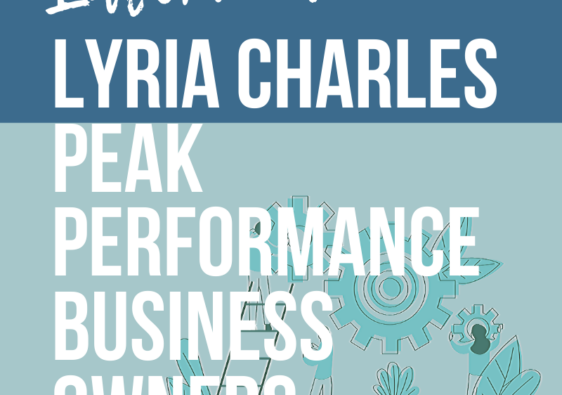You’re done with high school, possibly about to graduate from college, and you want to get a place of your own… possibly with roommates. Whether your folks prepared you for it or not, it’s likely that you have no clue how costly living on your own can be. EVEN IF you have roommates to share the expenses!
With a little bit of planning, and a checklist like this one, you can get yourself started on the right foot. Most young adults look forward to renting, but most of these steps can also get you well on the road to purchasing a home.
One of the major influencers on setting a foundation for a successful first-time lease application process is showing the prospective landlord that they are making a good decision to allow you to be a tenant. Applications typically consist of a bunch of questions on paper, which are designed to paint a picture of what kind of tenant you will be. You and I know that there is more to you than a few answers on paper, however at this point it’s all they have to go on. So, how do you make those answers look good?
1- It’s not all about money
It could be all about your credit, though. Before you even start to think about moving out, you should start thinking about your credit score. There are a few ways to build credit (which is the topic of a whole other upcoming blog post), and one of those is to be fiscally responsible enough successfully manage a credit card. You can always apply for your own, and if a parent or other close family member has excellent credit, they may be willing to share that with you by adding you to their credit card account.
2- You might need a co-signer
If you have no history of being a debtor, and thus no credit score, you may need to bring in a co-signer for your lease. Anyone you want to ask to co-sign must be able to equally qualify for your portion of the lease. That means, they will have the same income, credit, and reference checks and requirements as you. It also means that if you are unable to keep up with your rent, that co-signer is equally liable and will be expected to pay that rent.
3- Have a steady source of income
Whether leasing or purchasing a home, you’re going to need to have some source of money to make the payments each month. Payments refer to rent/mortgage as well as all the other operational expenses that go into your domain (more on that in a minute). Anywhere from six to twelve months of steady work history shows that you are reliable; a minimum income of three times the monthly rent shows that you can pay that plus expenses if you manage your money correctly. So, if your lease (or portion of the lease) is $1,000, it means the amount of take-home income on your paystubs should equal to at least $3,000.
4- Be prepared for additional expenses
When you’re no longer living at your parent’s home, you will quickly come to appreciate all that they have taken care of for you… even if your list of chores has always felt a mile long and they made you pay for some of your own expenses. For one, how often have you purchased groceries at your parent’s house? Did they require that you pay for your own auto insurance? How about your internet service provider… or your cell phone? Have you ever been expected to pay for electricity or water? Oh, and most landlords require that you have a renter’s insurance policy – it’s not a huge monthly expense, but you definitely do not want to skip on that!
5- Start Saving NOW
Let’s say you’ve got a steady income and you know that you can spend 1/3 of that amount on rent each month, so you have a starting place and can start looking in that price range, correct? Not so fast. Moving is a significant investment and will require that you save up some money in advance. Even if you’re looking at $1,000 per month in rent, you still need to come up with a security deposit. That’s usually equal to one month’s rent. Do you plan to bring a pet to your new home? Sometimes that means up to another month’s rent as a pet deposit, and/or additional rent per month. You’ll also have to get your electricity and internet services turned on, and if you’ve never paid for electricity in your area, those companies usually require a deposit as well. Oh yeah, and then there’s the furniture…
6- Research Neighborhoods
Once you have gotten all of those ducks in a row, it’s time to start researching where you want to live. Count on advice from your parents as well as from other adults you can trust. A Realtor can help to point you in a good direction, however you always want to do some background research on any area you start to consider. Check out local police departments for their neighborhood crime statistics. There are also websites that will give you a cross reference of crime, amenities, school districts, etc., to give a big picture view of where you will be living.
7- Research & Interview potential Roommates
Before you jump into a living situation with your BFF from 3rd grade, consider that you will be living with this person for the full term of the lease. That means, you’ll be seeing this person daily for 6 months to a full year (or more), so you need to know what their tidiness preferences are (as well as your own!), their sleep habits, and most of their circle of friends because they will likely be spending time at your place. That, too, is good subject matter for a full blog post (coming soon).
So, are you ready? Are you going to lease or jump right into home ownership? The former is a great way to get a feeling for independence, and the latter requires a bit more financial and mental preparation than these few steps.
If you’ve already been a first time tenant, are there any of these steps that you skipped over but you wish you had taken care of before moving out? What other things do you need to know before moving out of your parent’s house? In the comments below, tell us about some of your best case scenarios and worst-case scenarios… who knows, you may end up helping another young person on their path independence!



